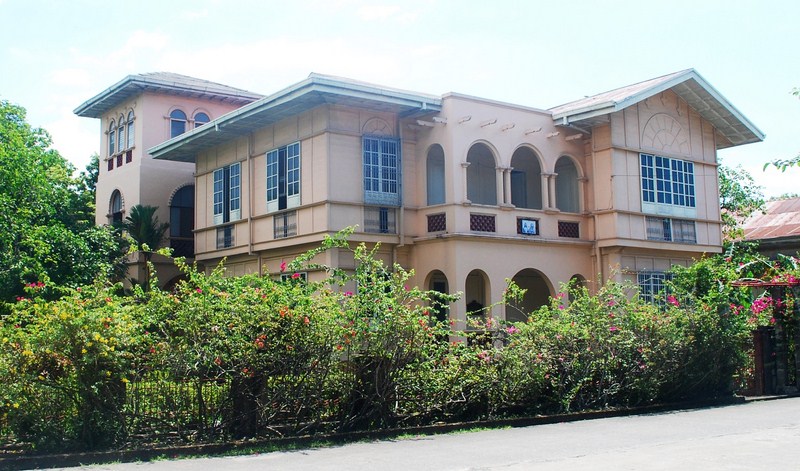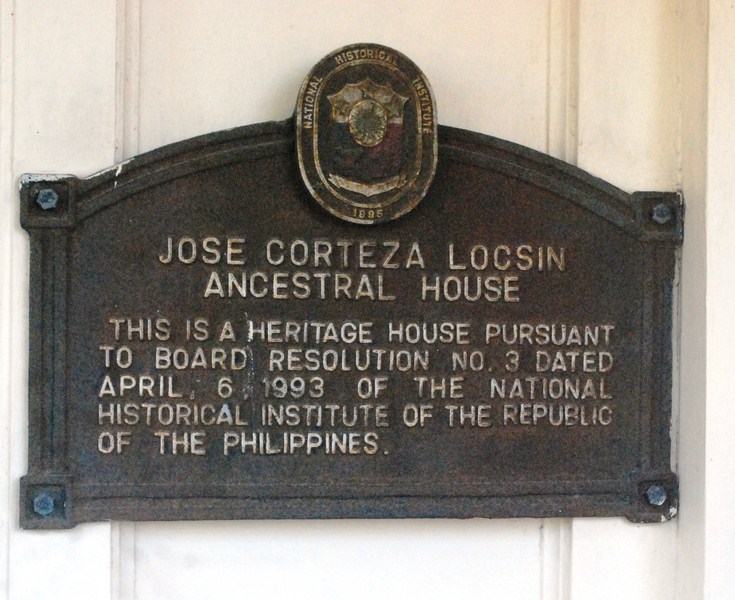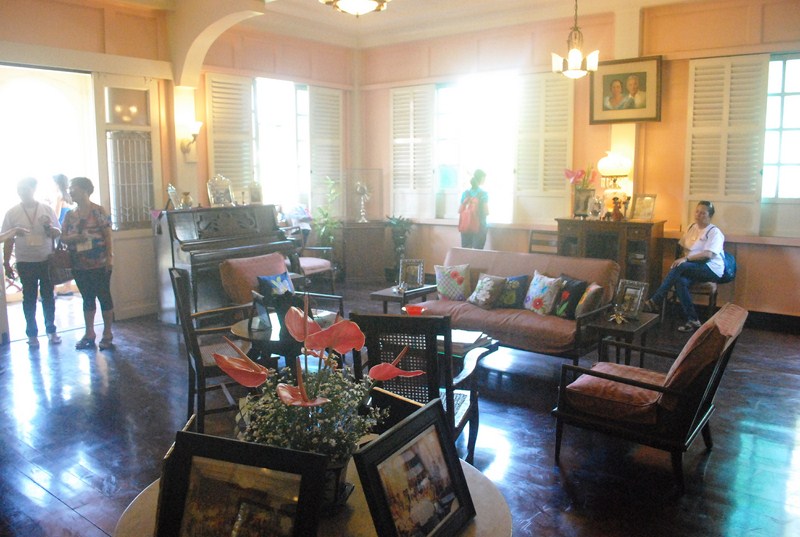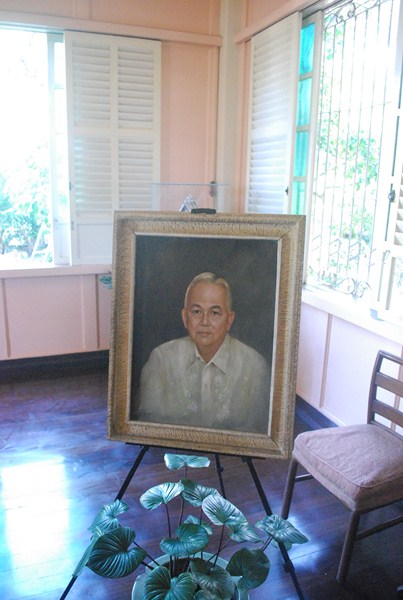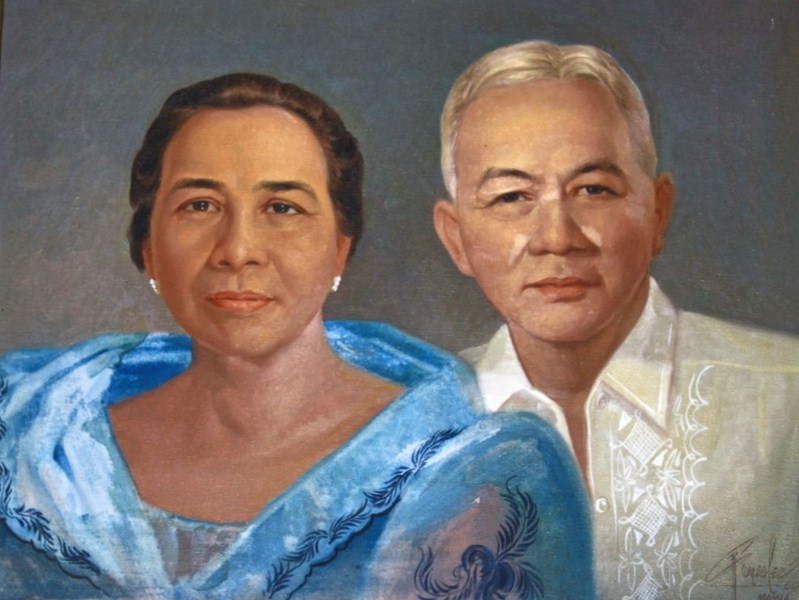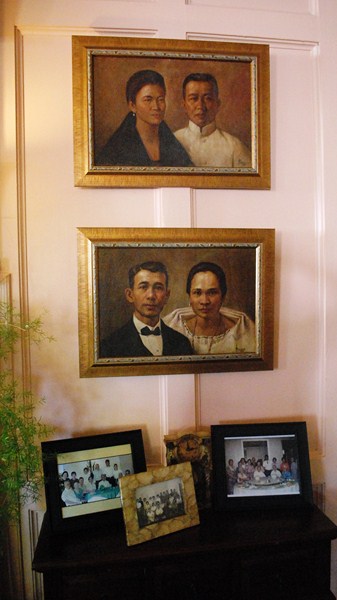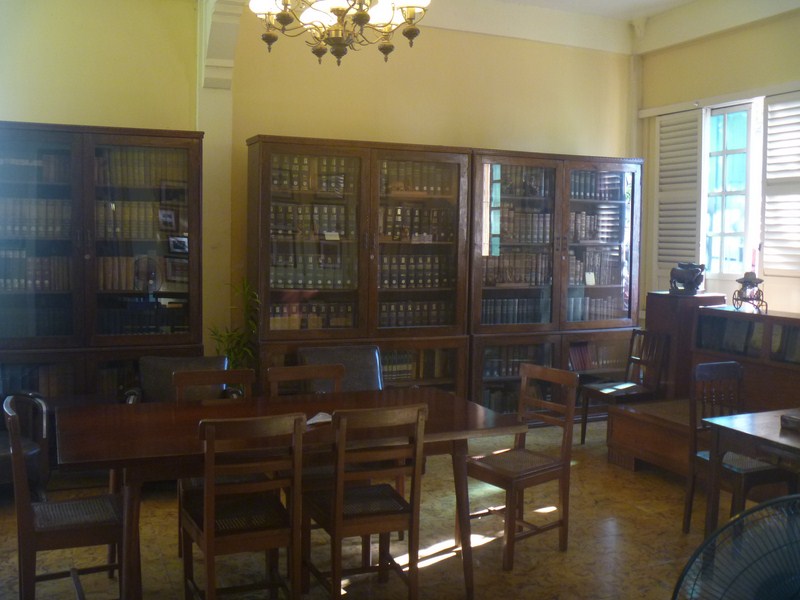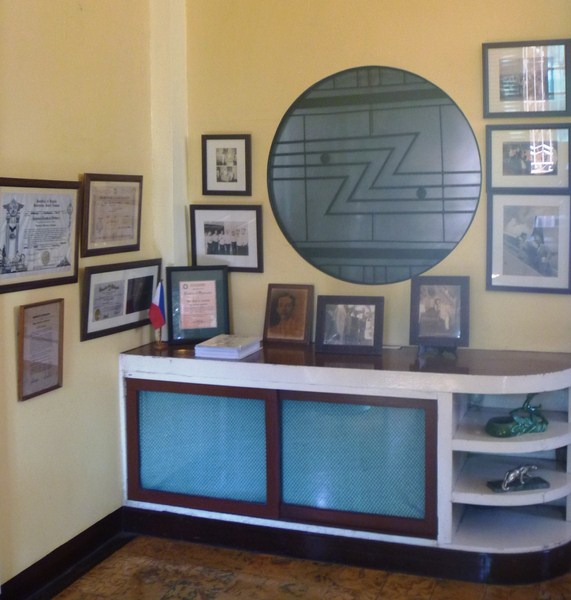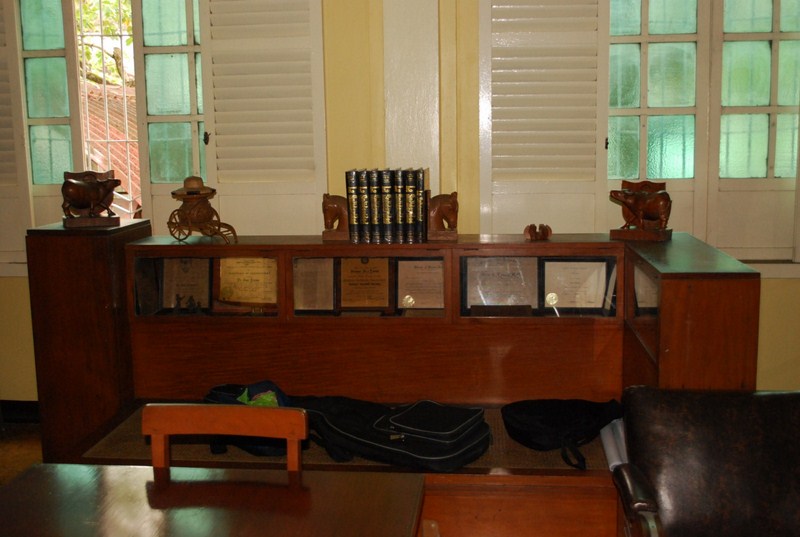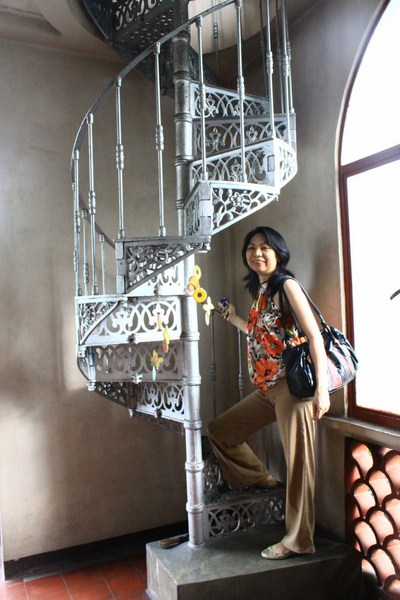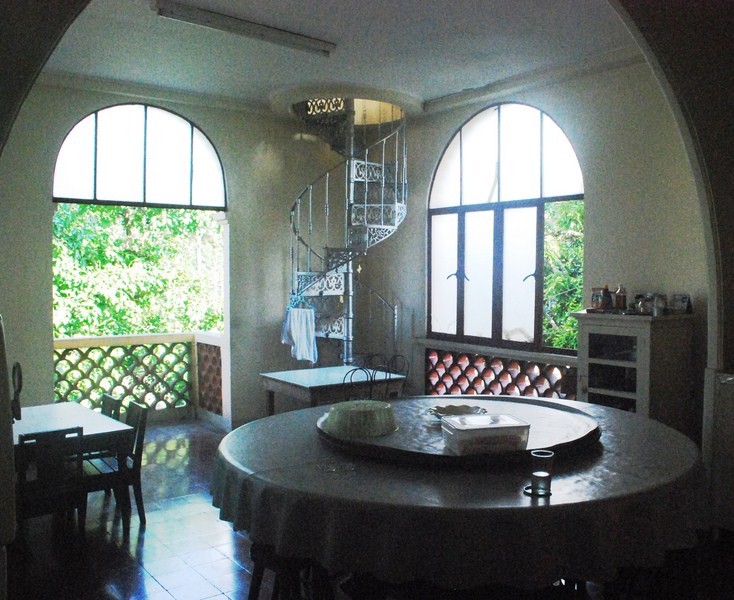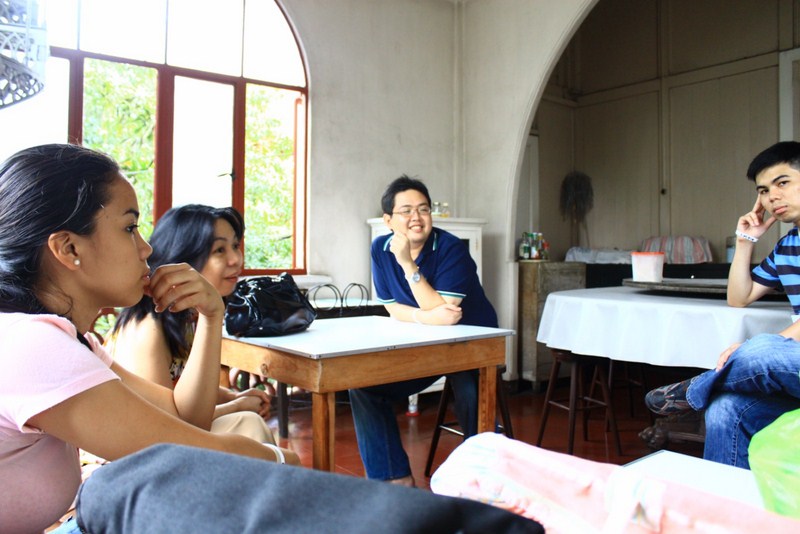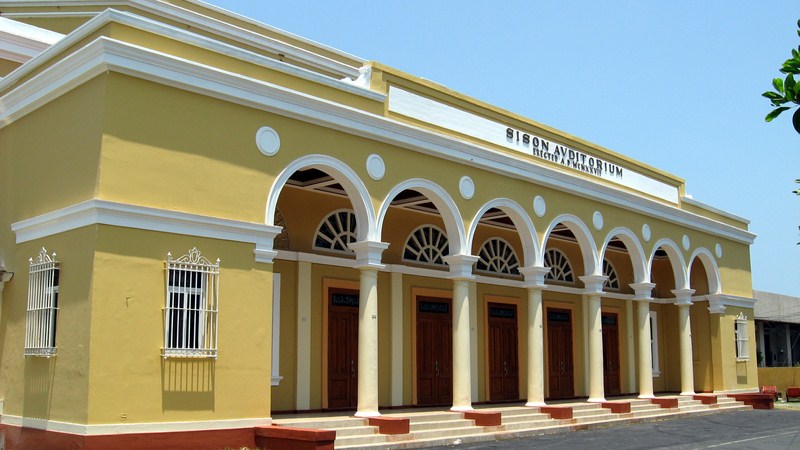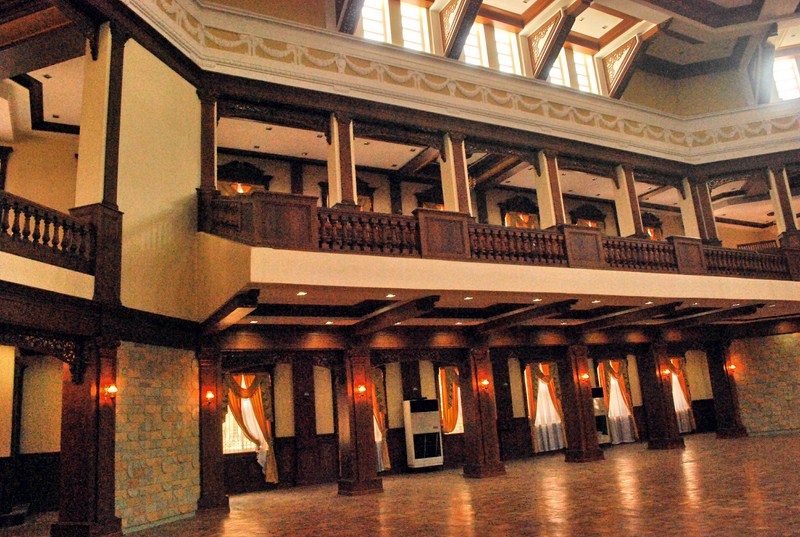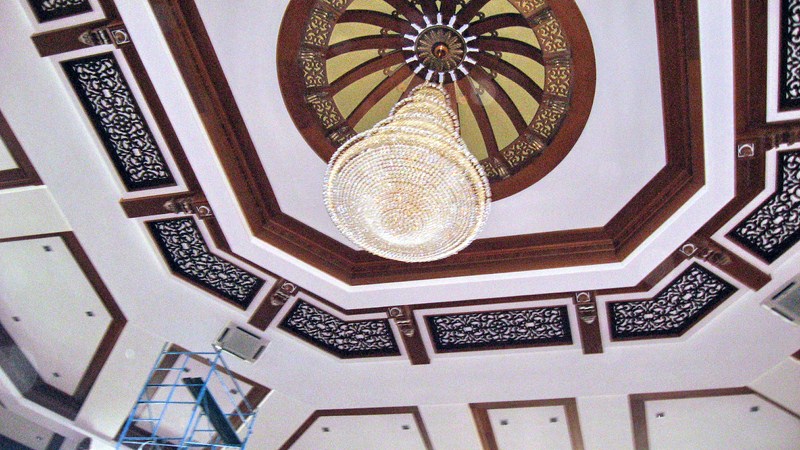 |
| Pila Municipal Hall |
Past the town of Victoria, we soon reached the Pila town proper (87 kms. from Manila) and its plaza lined with shady, giant talisay trees. Surrounding it are quaint early 20th century, American-era ancestral houses and, finding them interesting, decided to make a long stopover here to explore the town further. I parked my Toyota Revo at the Municipal Hall, a heritage building built in 1931 and faithfully restored by Mayor Edgardo Ramos.
 |
| Town Plaza |
Pila is cited as one of the few intact examples of Spanish colonial town planning where the center of the town was the plaza complex surrounded by the church, tribunal, school and large ancestral houses of the town’s leading citizens. On May 17, 2000, as a consequence of these efforts, Pila was declared as a National Historic Landmark (a status also enjoyed by Vigan City in Ilocos Sur, Silay City in Negros Occidental and Taal in Batangas) by the National Historical Institute (NHI) .
 |
| Pila’s ancestral homes |
Unlike nearby Sta. Cruz and Pagsanjan towns which were reduced to rubble by American bombing, Pila survived the ravages of World War II because American bombers failed to spot it. Because of this great piece of luck, Pila still boasts of 36 19th century and turn-of-the-century structures, 28 of them ancestral homes. Mostly located in Brgy. Sta. Clara, many of these ancestral homes, a good number of which belong to the Agra, Alava, Dimaculangan, Relova and Rivera families, have withstood the test of time and are still well-preserved, with fresh coats of paint with pastel and cream colors. These home owners take great pride in town’s old world charm and their rich and varied heritage. Once parked, Jandy and I strolled along the town’s plaza and its quiet streets, enjoying up close or from afar, the experience of seeing these stately structures that reflect a rich and varied architectural history.
 |
| Jose Agra Ancestral House |
This lakeshore town, founded by Franciscan missionaries in 1580, has been given the moniker Lupang Pinagpala (“The Blessed Land”) and there are a number of reasons for this. In 1610, in recognition of the noble Pileños refined manners and genteel customs, this town steeped in history and culture was conferred the special status of La Noble Villa de Pila (“The Noble Town of Pila”), one of only five towns in the country accorded this honor by Spain (the others being Cebu, Vigan in Ilocos Sur, Libon in Albay and Oton in Iloilo). The town also survived the ravages of World War II because American bombers, on a bombing run to flush out Japanese soldiers, failed to spot it. Nearby Sta. Cruz and Pagsanjan towns were not so lucky, both being reduced to rubble.
 |
| Relova Ancestral House |
In December 1993, the Pila Historical Society Foundation was established to preserve and maintain these remnants of a gentler way of life. The foundation raised funds and, with the cooperation of the late Mayor Querubin Relova and the Sangguniang Bayan, undertook the huge task of demolishing and relocating new structures that detracted from the beauty, purpose and historical relevance of the original town plan. Pila is cited as one of the few intact examples of Spanish colonial town planning where the center of the town was the plaza complex surrounded by the church, tribunal, school and large ancestral houses of the town’s leading citizens.
 |
| Rudolfo Relova Ancestral House |
Many houses built during the Commonwealth Period reflect a shift in architectural styles, evolving from the massive bahay na bato (stone house) to the charming American chalet-style houses with touches of Spanish design elements, decorative Art Deco or Art Nouveau treatments. Using more Philippine hardwoods and cement, all provide comfort, a respite from the tropical heat and a general feeling of airiness with their high ceilings; tall and wide capiz or paned-glass windows that allow the breeze to come in and woodcarvings on the ventanillas that allow for good cross ventilation. The living and dining rooms, on the second floor, are accessed by stairs that figure prominently in the facade. The ground floors of many houses facing the plaza, formerly used as storage areas, now house cafeterias and shops.















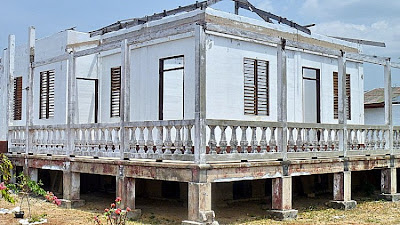
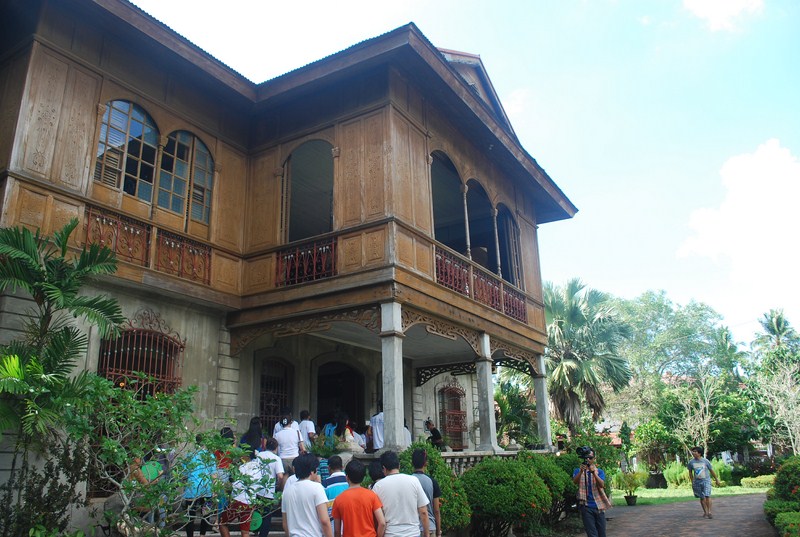
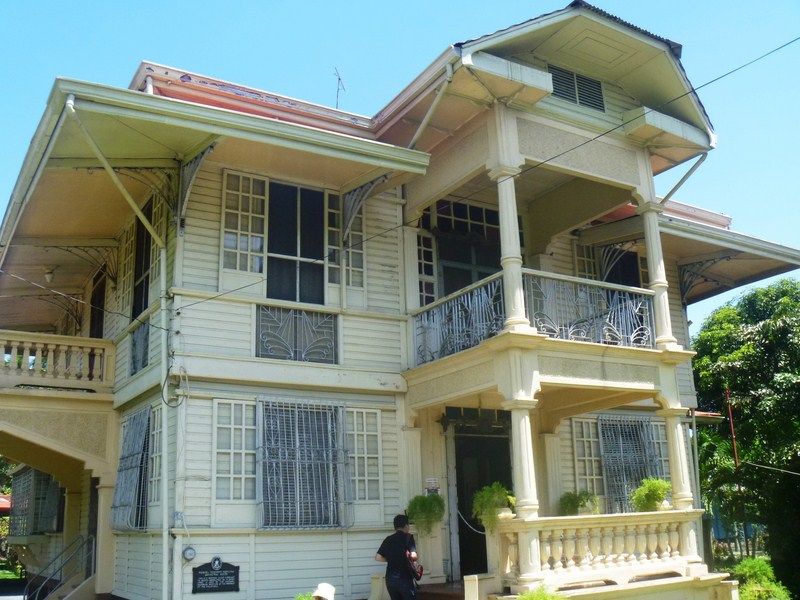
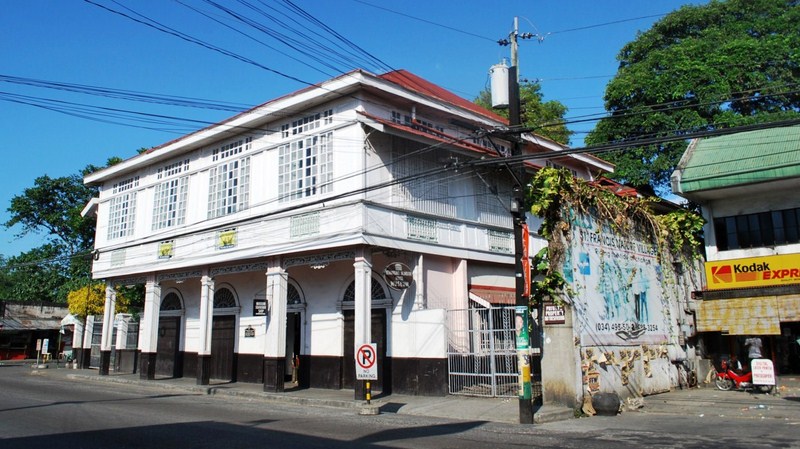
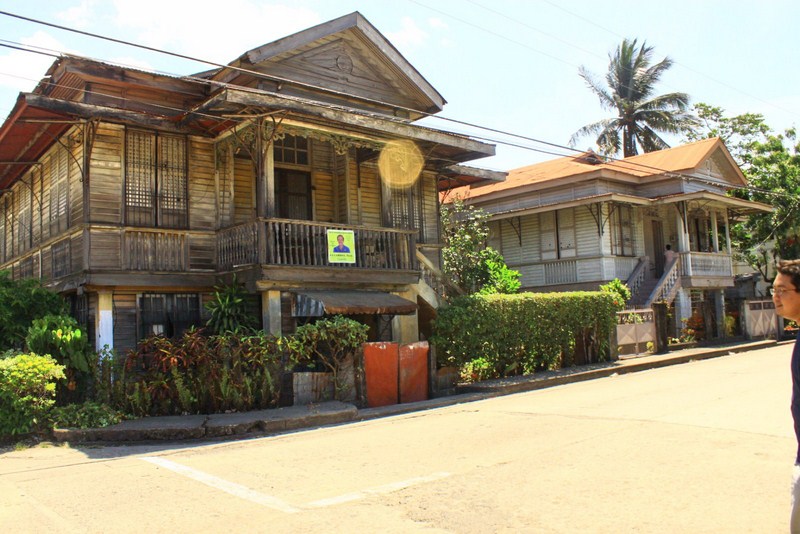


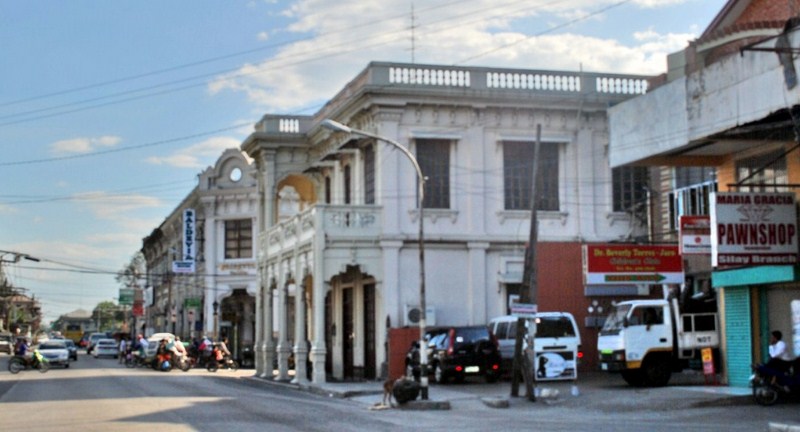
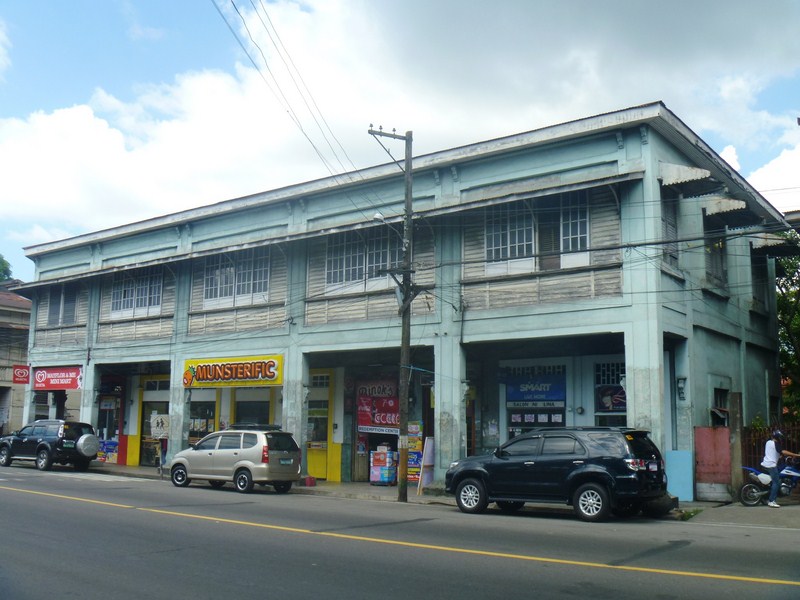

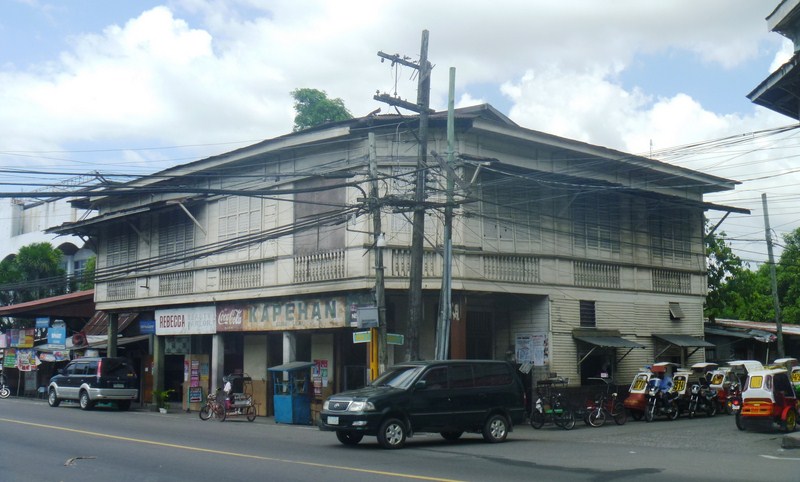
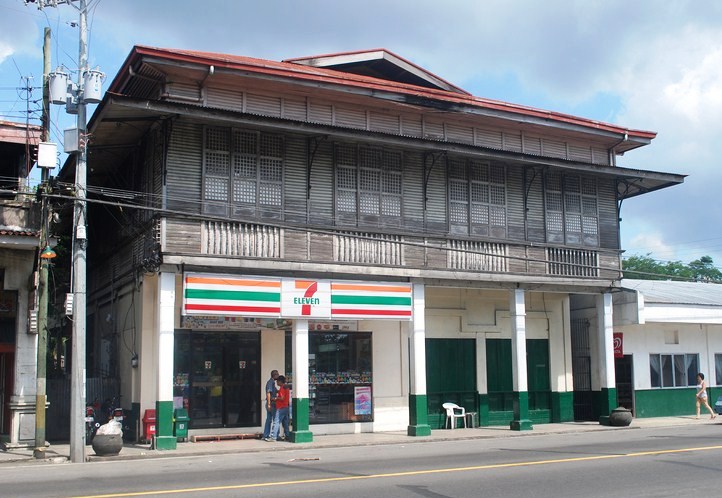

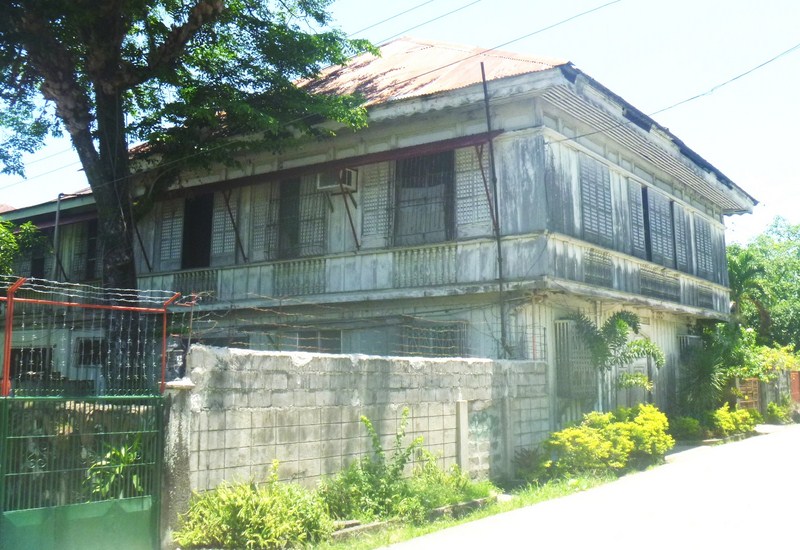
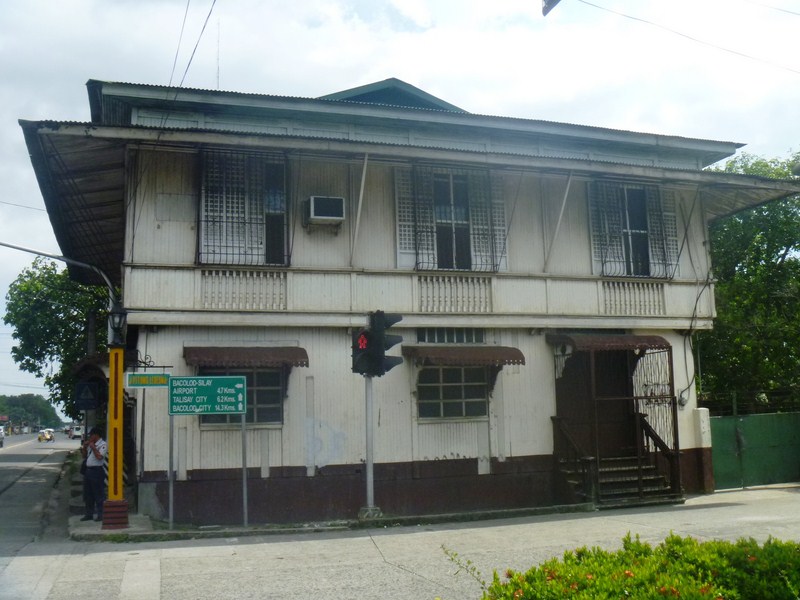
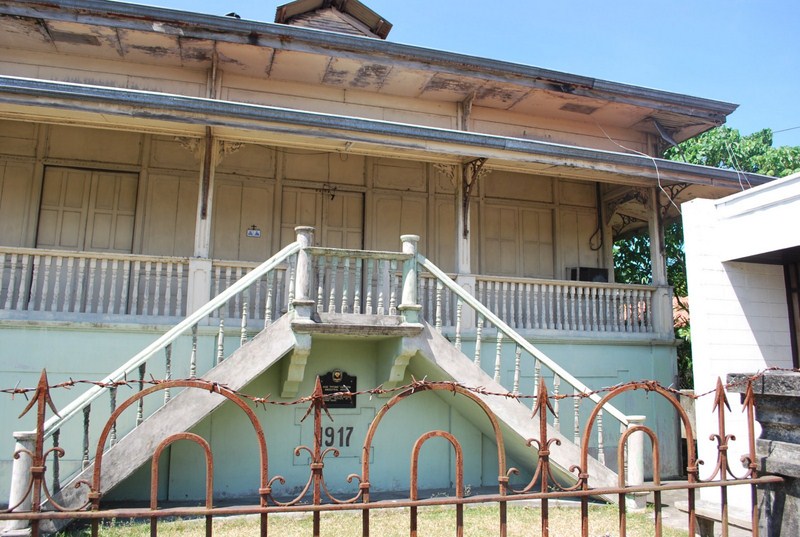

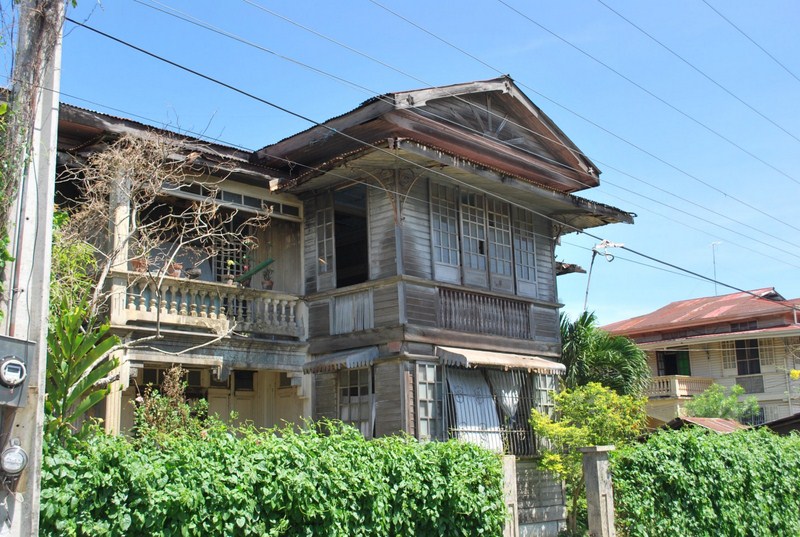
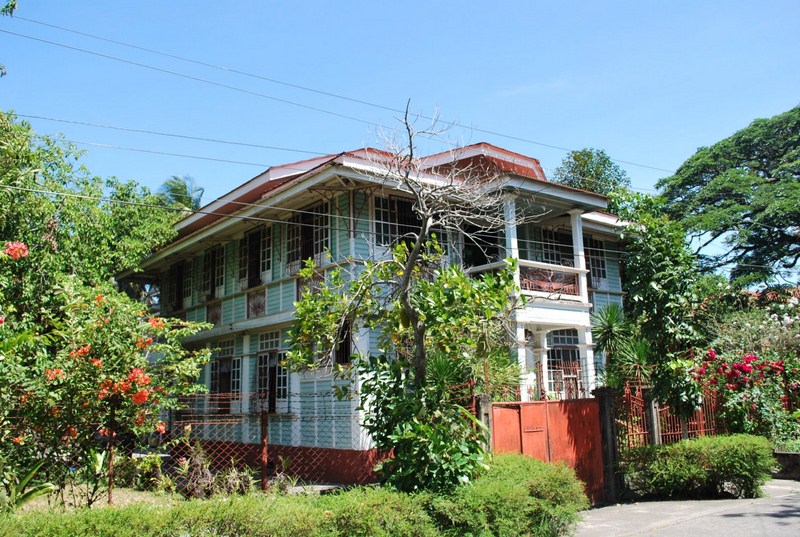
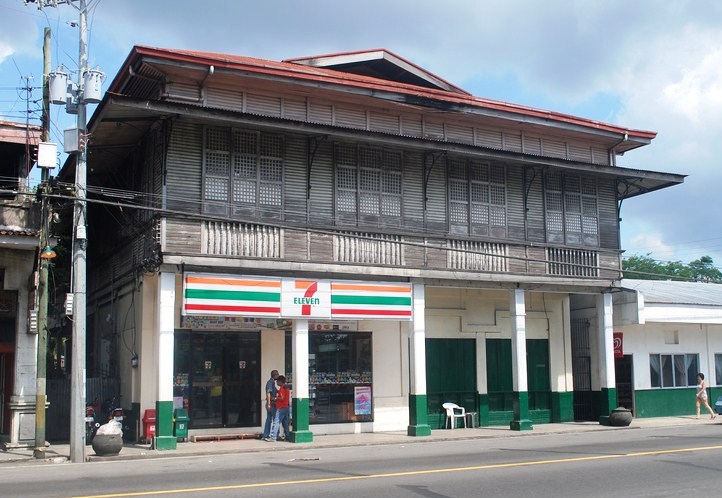
.jpg)
.jpg)
.jpg)
